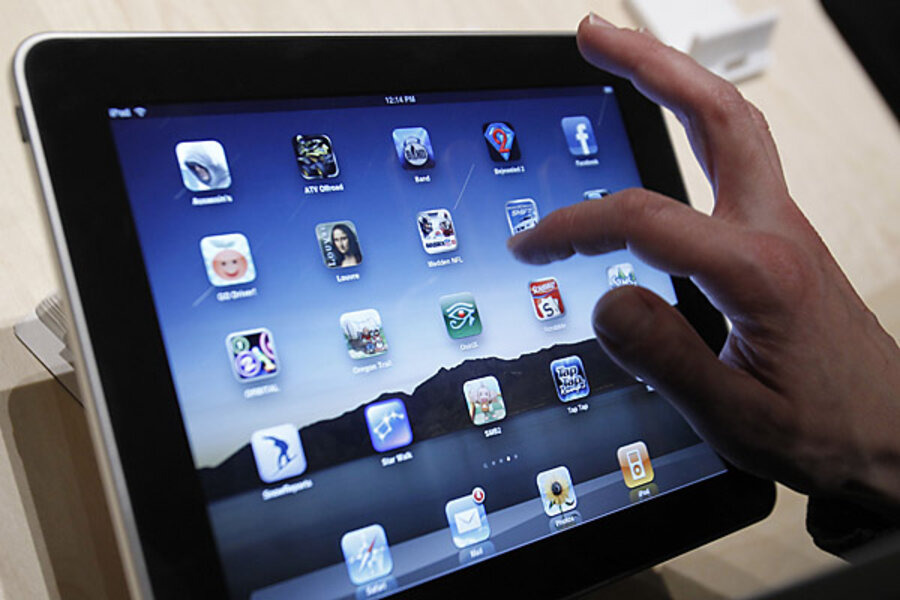Why free is a bad price
Loading...
Marco Arment is the brains behind one of my favorite apps. Instapaper allows you to store articles off the Web for later reading; very useful, for example, when I am surfing and come across an article I want to share with my students or use in a future blog post. And the editor of Instapaper periodically shares excellent reads that I might otherwise miss.
Instapaper is currently available for both the iPhone and the iPad for $4.99. As Marco discusses in his blog, however, the iPhone version has sometimes been available for free (but with ads).
Based on his pricing experiments, Marco has decided that free is a bad model. In part that’s because ads provide weak revenues, and it’s expensive to support two versions of the app. In part it’s because the free app cannibalizes sales from the paid version.
But that’s not all. Another problem is that the free version attracts “undesirable customers”:
Instapaper Free always had worse reviews in iTunes than the paid app. Part of this is that the paid app was better, of course, but a lot of the Free reviews were completely unreasonable.
Only people who buy the paid app — and therefore have no problem paying $5 for an app — can post reviews for it. That filters out a lot of the sorts of customers who will leave unreasonable, incomprehensible, or inflammatory reviews. (It also filters out many people likely to need a lot of support.)
I don’t need every customer. I’m primarily in the business of selling a product for money. How much effort do I really want to devote to satisfying people who are unable or extremely unlikely to pay for anything.
Free is a risky price because it allows people to get something without really thinking about whether they want it. That’s why health insurers insist you pay at least $5 to see your doc or get a prescription. And it’s why DC’s nickel bag tax has been so effective in cutting use of plastic bags.
Kudos to Marco for sharing his results and calling on others to run similar experiments. But I won’t be one of them. Free continues to be the right price here in the blogosphere.
Add/view comments on this post.
--------------------------
The Christian Science Monitor has assembled a diverse group of the best economy-related bloggers out there. Our guest bloggers are not employed or directed by the Monitor and the views expressed are the bloggers' own, as is responsibility for the content of their blogs. To contact us about a blogger, click here. To add or view a comment on a guest blog, please go to the blogger's own site by clicking on the link above.





